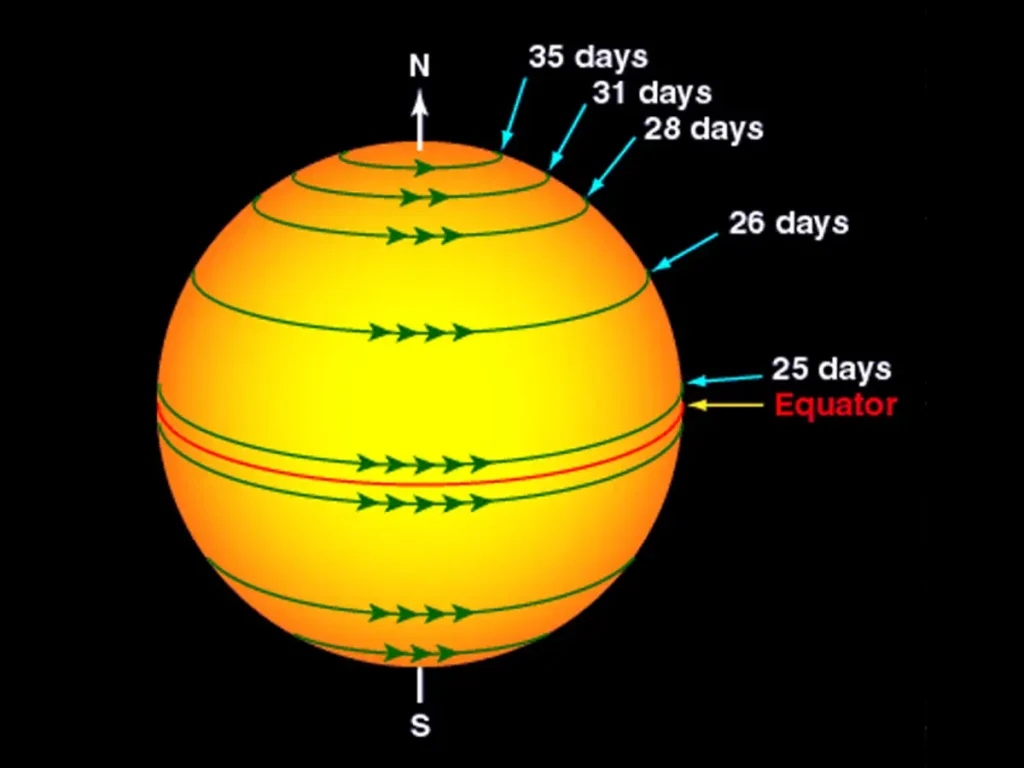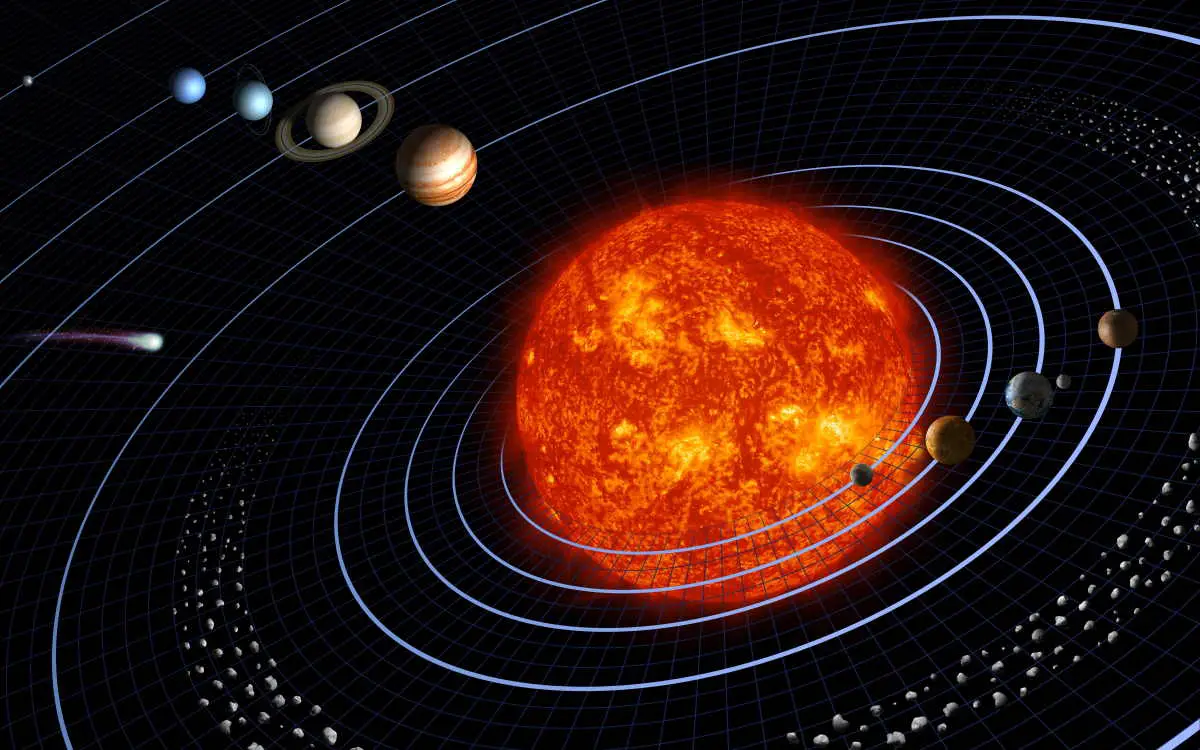Yes, the sun rotates on its axis. The sun is a giant ball of gas and plasma, and like most objects in space, it rotates. The sun takes about 25-35 days to complete one rotation on its axis, depending on the latitude. This rotation also plays a role in the creation of the sun’s magnetic field, which in turn drives phenomena such as solar flares and sunspots.
In fact, everything in the Universe rotates and the Sun is not an exception.

Galileo was the first to discover that the Sun rotates
The great Italian astronomer, physicist, and engineer Galileo Galilei (15 February 1564 – 8 January 1642) was the first to observe that the Sun rotates on its axis.
While observing the sunspots with his telescope (sunspots are the areas that appear dark on the surface of the Sun), he found these spots appeared to move, vanishing and returning. In 1612, he wrote: “It is also manifest that their rotation is about the sun… to me, it seems more probable that the movement is of the solar globe than of its surroundings”.
Sources
- “Solar Rotation Varies by Latitude” on the NASA website
- “Does the Sun spin as well as the planets?” on The Conversation website
- Moon Landings: All-Time List [1966-2025] - February 2, 2025
- What Is Max-Q and Why Is It Important During Rocket Launches? - January 16, 2025
- Top 10 Tallest Rockets Ever Launched [2025 Update] - January 16, 2025
